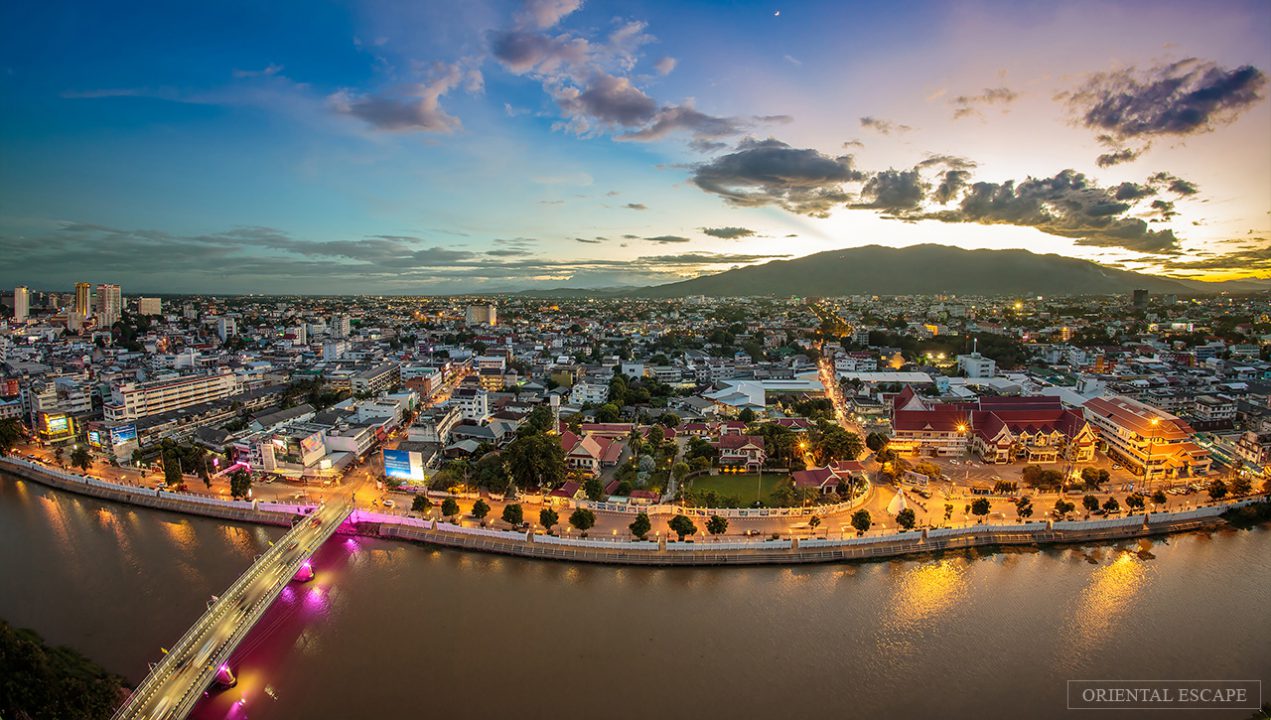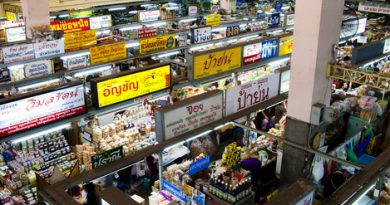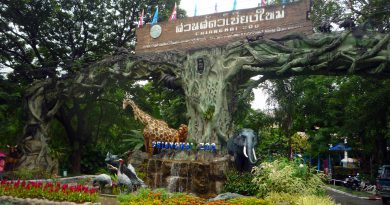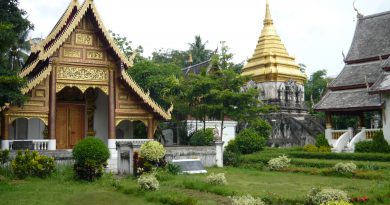About Chiangmai
Chiangmai
Chiangmai is the largest and most culturally significant city in Northern Thailand.
It is the capital of Chiangmai Province and was a former capital of the Kingdom of Lan Na,
which became the Kingdom of Chiangmai, a tributary state of Siam from 1774 to 1899
and finally the seat of a merely ceremonial prince until 1939. It is 700 km(435 mi)
north of Bangkok and is situated amongst the highest mountains in the country.
The city sits astride the Ping River, a major tributary of the Chao Phraya River.
Climate
Chiang Mai has a tropical wet and dry climate, tempered by the low latitude and moderate
elevation, with warm to hot weather year-round, though nighttime conditions during
the dry season can be cool and much lower than daytime highs. The maximum temperature
ever recorded was 42.4 °C (108.3 °F) in May 2005.
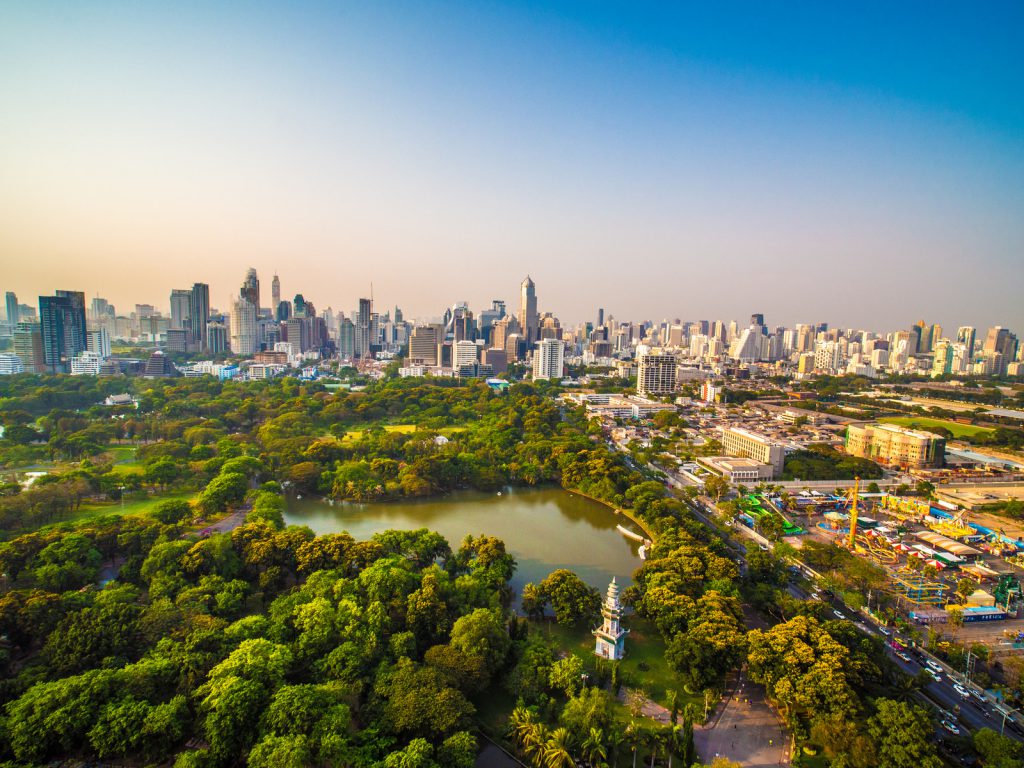
Language
The inhabitants speak Kham Muang (also known as Northern Thai or Lanna) among themselves,
though central Thai is used in education and is understood by almost everyone.
English is used in hotels and travel-related businesses. The Kham Muang alphabet is studied
only by scholars, and Northern Thai is commonly written with the standard Thai alphabet.

Transportation
Chiang Mai International Airport receives up to 28 flights a day from Bangkok
(flight time about 1 hour 10 minutes) and also serves as a local hub for services
to other northern cities such as Chiang Rai, Phrae, and Mae Hong Son.
International services also connect Chiang Mai with other regional centers,
including cities in other Asian countries.
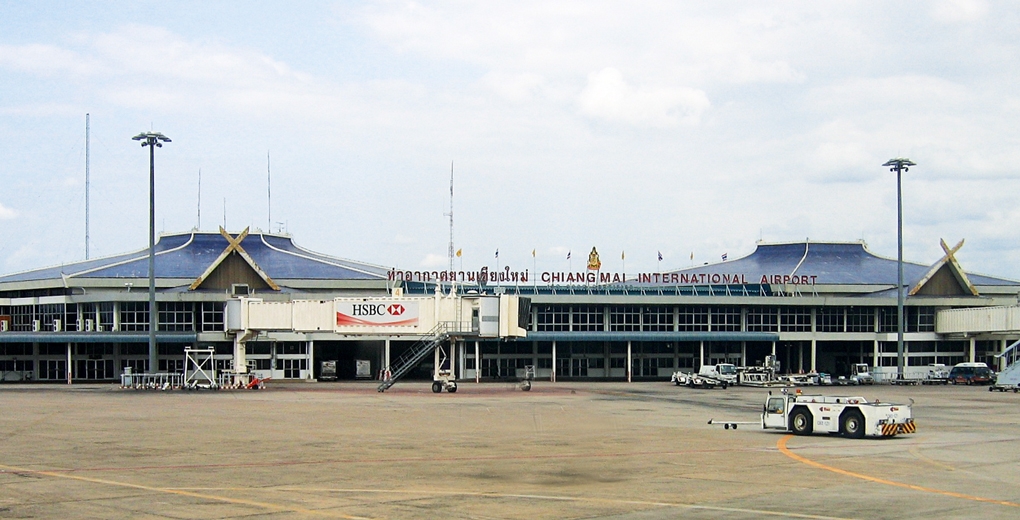
The locally preferred form of transport is personal motorbike and, increasingly, private car.
Local public transport is via tuk-tuk, songthaew, or rickshaws. Local songthaew fare
is usually 20–50 baht per person for trips in and around the city. For groups,
the fare per person is less. Tuk-tuk fare is usually at least 60-100 baht per trip
(the vehicles are comfortable for two passengers, but some can squeeze in four passengers);
fares increase with distance.
